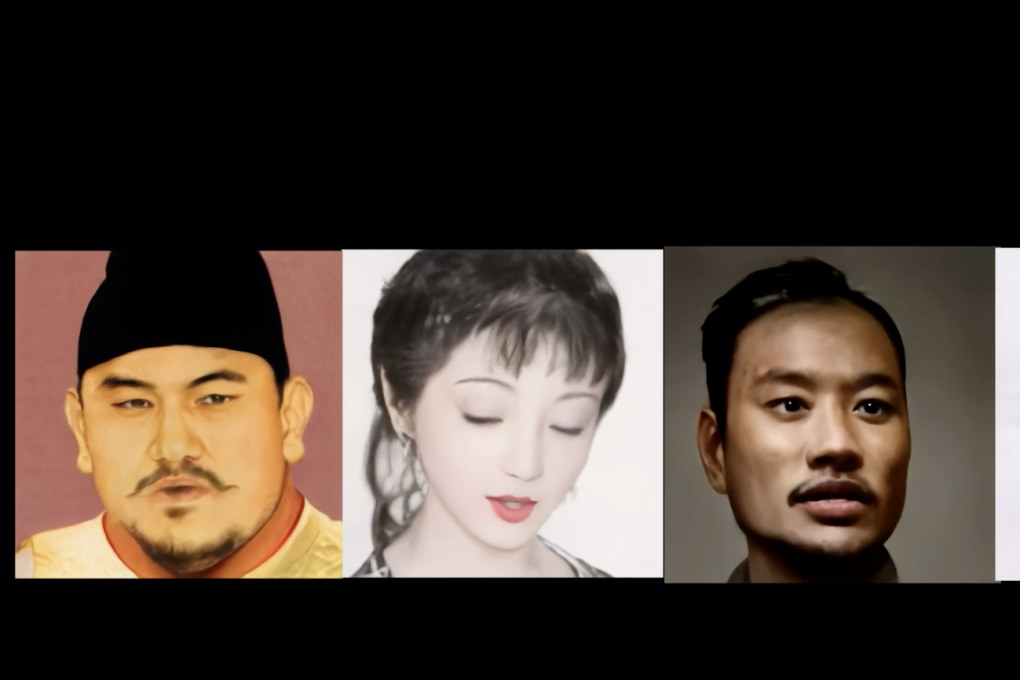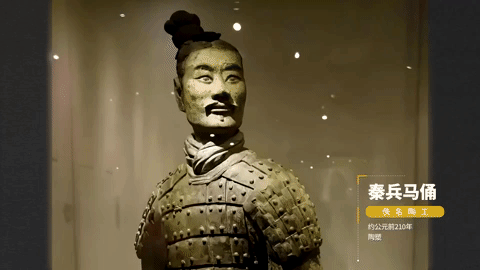Ancient Chinese terracotta warrior brought to life by coder using artificial intelligence algorithms
- Using existing AI tools, a Chinese coder and indie game developer creates realistic moving faces of historical and fictional figures in China
- Netizens are impressed by the results although some facial movements still appear wobbly and distorted

China’s ancient terracotta warriors are more than 2,000 years old. Now one of them has been brought to life with artificial intelligence.
One of the figures was a terracotta warrior, part of a huge collection of life-size sculptures created in the Qin dynasty (221 to 207BC). The clay soldiers and other figures were made to be buried with the emperor to protect him in his afterlife.
To create a convincing face for the warrior, Hu told Chinese media that he first used Photoshop to replace the original metal-like, dull tinge with the colour of human skin. Then he used Artbreeder, an online tool that helps manipulate portraits, to generate a realistic face image for the warrior. After some minor adjustments, Hu ran the picture through the First-Order-Model algorithm to animate the image.

The results impressed a lot of people on social media, even though some of the facial movements appeared wobbly at times. Hu told Chinese media that the success rate of creating these videos was not very high, and that he had many failed attempts. He spent two months creating the nearly 4-minute video in his spare time.